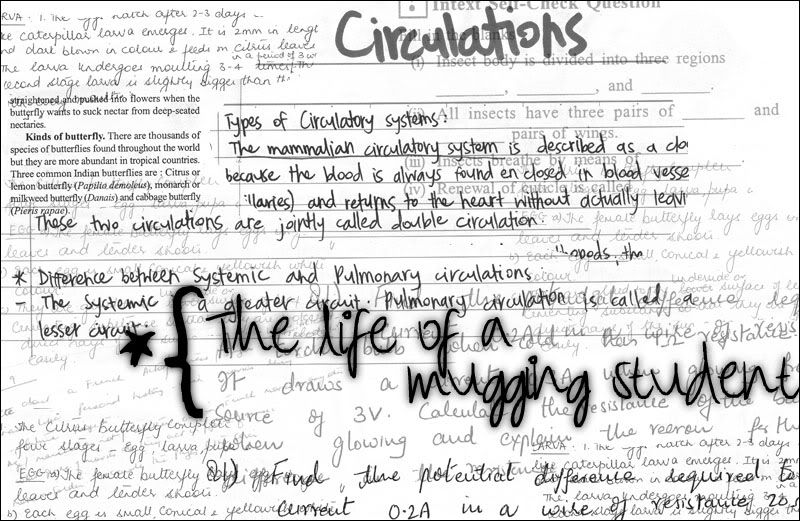Monday, July 21, 2008
Biology Workbook
Structured Questions (Page 77)1 (a) The lower leaf surface, because when the jelly was on the upper leaf surface only, the weight loss was the highest.
(b) Lower leaf surface, because the weight loss was the highest when the jelly was placed only on the upper leaf surface. When there are less stomata, less water is lost.
(c) Thyme loses less water than mint plant. This could be because thyme has smaller leaves, that is, smaller surface area, or because it has fewer stomata.
(d) Thyme because the percentage water loss is lower compared with mint.
3 (a) Plant A
(b) Any two of the following:
Rolled up leaf to make the air around the stomata saturated with water vapour /
Reduce the surface area exposed to the dry air. /
Sunken stomata to make the air around the stomata saturated with water vapour / Trichomes (hair) to trap water vapour. / Thick cuticle (impermeable / water proof) to prevent excessive water loss by evaporation.
4 (a) Transpiration
(b) It measures the amount of water absorbed by the plant.
(c) Any two of the following:
• water taken up by the plant will be used in photosynthesis
• water taken up may be used in reactions such as hydrolysis
• water taken up may be used to maintain plant turgidity
(d)Any two of the following:
Temperature / Wind speed / velocity / Humidity / Light intensity
Free response questions: (page 81)
1 (a)They are dead structures. [1] They do not contain protoplasm. [1]
(b) They transport water and dissolved mineral salts [1] from the roots to the stem and l eaves, and provide mechanical support to the plant. [1]
(c)The xylem does not have any cross walls and protoplasm. This enables water to move easily through the lumen. [1] Lignin deposited on the walls helps strengthen the walls and prevent the vessel from collapsing. [1] When bundled together, the xylem vessels provide mechanical support to the plant. [1]
5:34 PM

